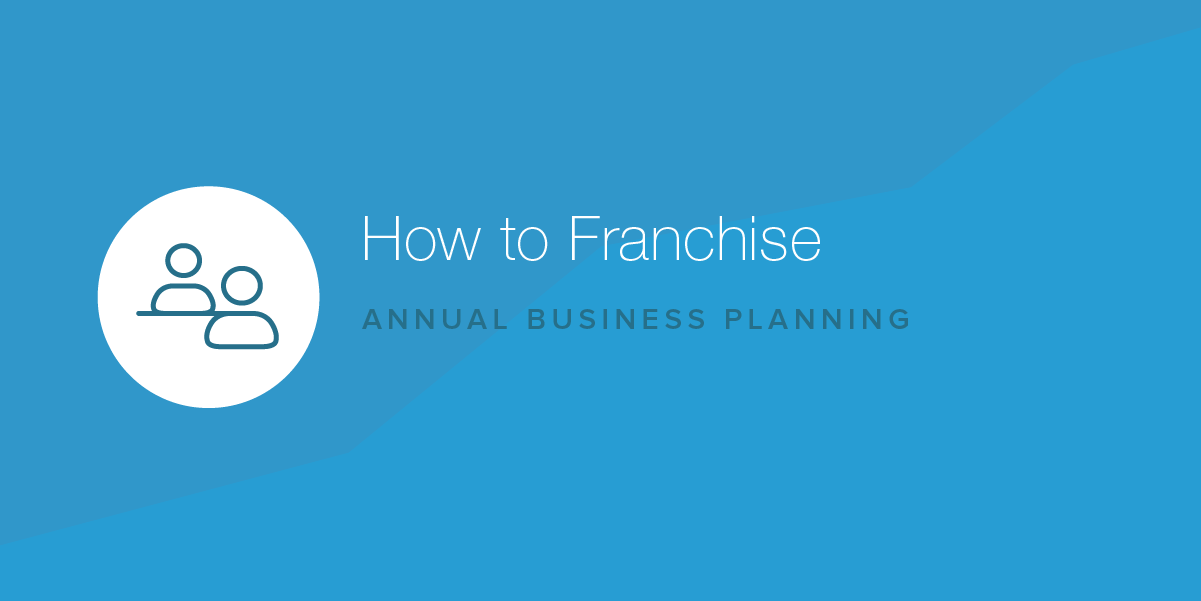How to Franchise: 8 Steps for Annual Business Planning
- May 22, 2018
- By: Vonigo
This series on how to franchise is written by Rhys Green, a franchise operations advisor who has made a career in fast-growing, profitable service businesses. In his time with 1-800-Got-Junk? he led a franchise to 70% year-over-year growth and won Franchise of the Year. With You Move Me, Rhys was a key contributor to its launch and led operations to build it to $24m within 4 years. Read the first post in the series: 5 Things to Measure to Grow Your Franchise Business.
How to Franchise: Annual Business Planning
Annual business planning should be the most fun you have in your business all year. Why? Because you get to imagine what your business is going to look like next year and then figure out how to get there.
It also means you get to think about how you get one step closer to your long-term vision. For many business owners, annual planning is something they do because they feel they should. For others, it’s something they don’t do at all. With the right approach, it can be a game-changer for your business.
Why Annual Planning?
Only you know why you got into the business. Whether it’s to build a legacy, achieve a lifestyle or provide an income for people in your community, there’s a strong driving force behind why we’re all in business. You probably started with a vision. You’re trying to build something great! Although it doesn’t always feel that way, an annual business planning process will propel you toward that vision by providing an opportunity to evaluate your business, course-correct, and get organized towards your goals.
8 Steps for Annual Business Planning
1. Analysis
Annual planning is the time you can look at the bigger picture. Reflect on what went well and what didn’t in the last year. You’re going to be doing this every day, but looking at things across an entire year will give you a different perspective. You’ll catch things you wouldn’t have otherwise. An in-depth SWOT (Strengths, Weaknesses, Opportunities, Threats) analysis is a great place to start. Gather information on your competition, what changed in your business last year, how it impacted your metrics, and then share it with your team.
2. Goal Setting (Round 1)
You’ll have a pretty good feel for what you want to achieve next year. Whether it’s 25% revenue growth or increasing your net profit, write down where you want to be next year. Make sure you use the SMART methodology.
3. Collaboration
The best plans are built by the people who are going to deliver them. They will know all the details. If they’re engaged in building the plan and truly feel as though it’s their plan, they will go about executing it with far more commitment and vigor. This holds true at every level of your business, from your frontlines through to your key managers. Get all of your stakeholders in a room and pose the question “What would it take to get us from here (what we did this year) to there (the first cut goals you’ve drafted)?”
Facilitate an open brainstorming session where no idea is a bad idea. You’ll be surprised at the amazing ideas your team comes up with. Here is a great post on the basics of facilitating one of these sessions.
4. Action Plan
Go through the list of potential projects and programs to narrow down what you’re actually going to do. The way you prioritize will depend on what you’re trying to achieve. If it’s all about growth, the focus will be on cutting anything that doesn’t directly drive growth and likely many of the lower impact projects.
There is always a lot you’d like to do. At this point, less is more. Execute on a small number of projects really well and you’ll see amazing results.
5. Resourcing
Now that you have a prioritized list of projects it’s time for a reality check. Do we have the skills we need? The tools and technology? The money? Enough people? You’re going to have some obvious limitations as you go through this list and that will lead to the next step. The most important part here is that you build out a realistic budget for everything in your business, not just the additional stuff you’re expecting to add.
In the template pictured below, I’ve included a high-level summary of your budget. It should make sharing numbers with your team easier and should be useful regardless of how your chart of accounts is set up.
6. Revise
After you look at the real cost of your plan, you’ll likely need to scale it back a little. Remember, you want to land on the highest impact projects and do less, but at a really high level. Bounce this off your team and make sure they are all bought into the priorities you’ve decided on.
7. Goal Setting (Round 2)
Now it’s time to finalize your goals. From the ground up, go through each of your tactics and try to estimate their impact on your business. For the stuff you’ve never done before, this is could be pretty tough. But you need to try. Make sure you set goals for all of your KPI’s and do it in conjunction with the people who will be owning the delivery of them. Once you’ve all agreed to the goals now it’s time to get to work!
8. Write it Down
Putting things on paper is incredibly powerful. If you don’t believe me, read this article on goal setting. For that purpose, I’ve included some templates that will make the recording and sharing of your plan really easy.
SWOT
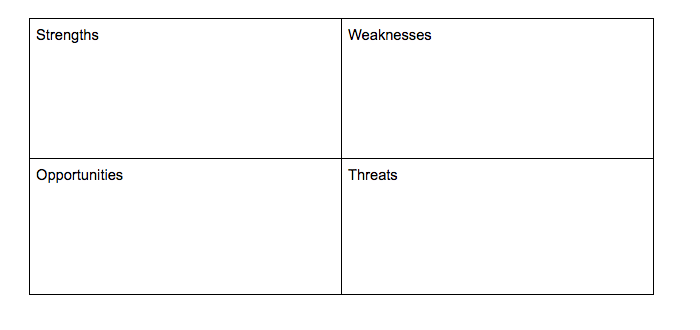
KPIs (Goals)
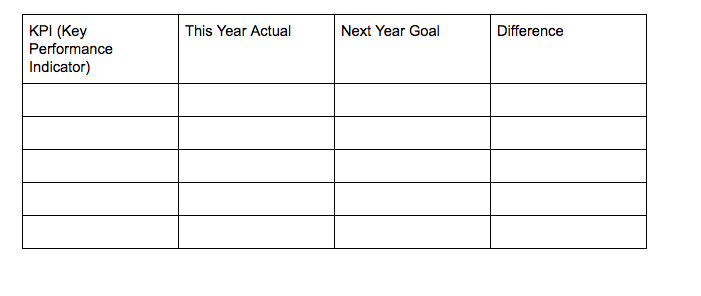
Action Plan
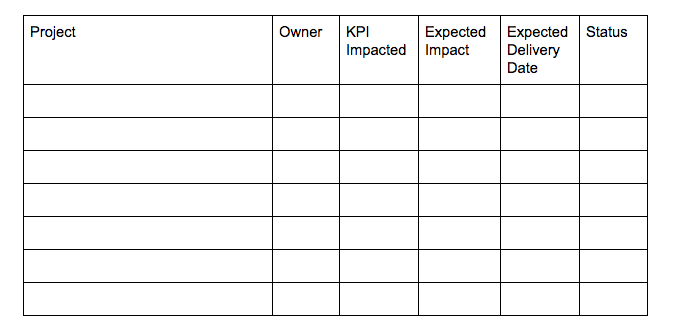
Budget Overview
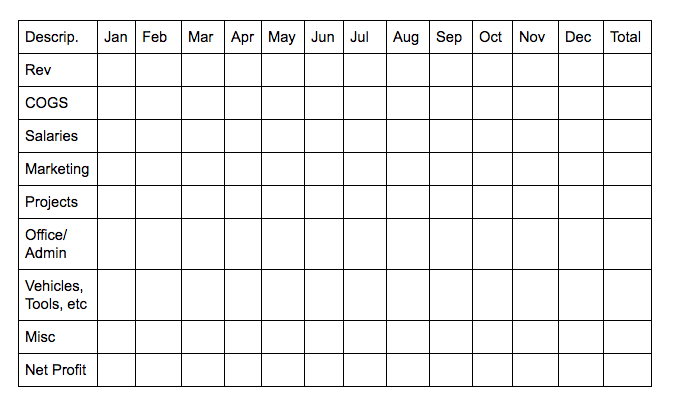
Want to learn how franchise management software can help you grown your mobile franchise? Book a free, private demo of Vonigo.
